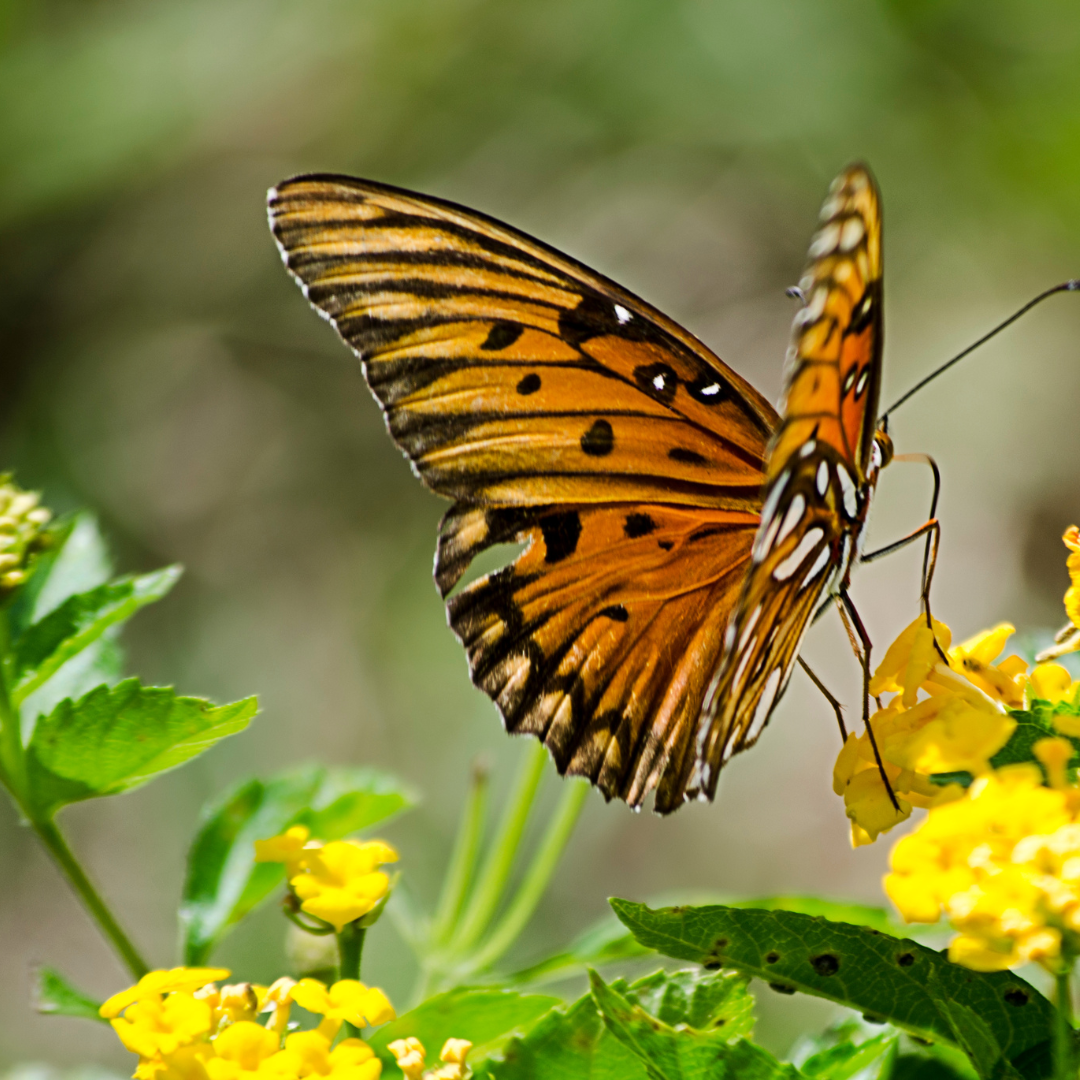Pollinators, those great little heroes of our ecosystem, are often the victims of misunderstandings and false beliefs. Let’s discover together some of the most widespread myths and why it is essential to dispel them!
Only honeybees are pollinators
When we think of pollinators, the image that often comes to mind is that of an industrious bee flying from flower to flower. Yet, bees are only a small part of a much larger and more diverse world. Butterflies, solitary wasps, hoverflies, hummingbirds and even some bats are tireless pollinators. Each of them has developed unique adaptations to collect nectar and pollen, thus contributing to the reproduction of thousands of plant species. It is thanks to them that we find fresh fruit and vegetables on our tables every day.
Pollinators are dangerous and they sting!
The idea that pollinators are dangerous is an unfounded and harmful prejudice. These insects play an essential role in our survival and that of many other organisms. Without them, as we said before, many of the plants we consume, such as fruit, vegetables and seeds, could not reproduce.
Furthermore, we must also consider the fact that not all pollinators are equipped with stingers. Butterflies, hummingbirds and many other insects are completely harmless to humans. Although bees are equipped with stingers, they only use this weapon as a last resort, when they feel in danger or to protect their colony. With a little respect for their space, we can observe them closely without risking being stung.
Pollinators are only disappearing because of pesticides
Pesticides are certainly a major threat to pollinators, but not the only one. The decline in pollinator populations is due to a combination of factors, including:
- Habitat loss and degradation: urban sprawl, agricultural intensification and deforestation destroy pollinators’ natural habitats, depriving them of food sources and shelter;
- Use of pesticides: many pesticides, particularly neonicotinoids, are highly toxic to bees and other pollinating insects, even at low concentrations. These chemicals interfere with the insects’ nervous system, impairing their orientation, learning and reproduction abilities;
- Climate change: rising temperatures, extreme weather events and changing seasonal cycles alter ecosystems and put a strain on pollinators, who struggle to adapt to these new conditions;
- Diseases and parasites: viruses, bacteria and parasites, such as the varroa destructor, a mite that infests bee colonies, can cause severe losses in pollinator populations;
- Monocultures and simplification of agrosystems: the spread of monocultures and the reduction of crop diversity reduce the availability of food for pollinators throughout the year.
Planting flowers is enough to protect pollinators
Planting flowers is certainly a good initiative, but it is not enough. Protecting pollinators requires action on several fronts through a collective effort involving farmers, gardeners, politicians and citizens, each with their own contribution.
- Create diverse habitats: create green oases full of native flowers, hedges and trees that flower in different seasons, offering pollinators continuous food and shelter. Avoid the use of pesticides and chemical fertilisers, opting for natural solutions such as compost and macerates;
- Supporting organic farming: opting for certified organic products means supporting farming that respects the environment and pollinators, helping to reduce pesticide pollution and preserve soil fertility;
- Raising public awareness: talk about the importance of pollinators and promote concrete actions for their protection, through initiatives in schools and on social media;
- Collaborate with institutions: support policies that favour the protection of biodiversity. Together we can create a more sustainable future for ourselves and for future generations.
Pollinators play a vital role in our economy, our health and the beauty of our planet. Thanks to their work, we can enjoy a wide variety of food, lush landscapes and a balanced ecosystem.
What can you do to help pollinators?
- Create a flowery corner in your garden or balcony: choose native, nectar-rich plants such as lavender, marigold or even rosemary;
- Avoid the use of pesticides: opt for natural solutions to protect your plants so as not to threaten the health of pollinators;
Support local beekeepers: buy honey and other hive products at zero km ; - Adopt a beehive from a distance with BEEING: a simple but great action to make your contribution to the preservation of bees and to support the hard work of beekeepers ;
- Participate in citizen science initiatives: contribute to scientific research by monitoring pollinator populations. You will help to better understand the dynamics of pollinator populations and identify the most effective actions to protect them.
Together we can make a difference to protect these precious allies and ensure a better future for us and for generations to come.

